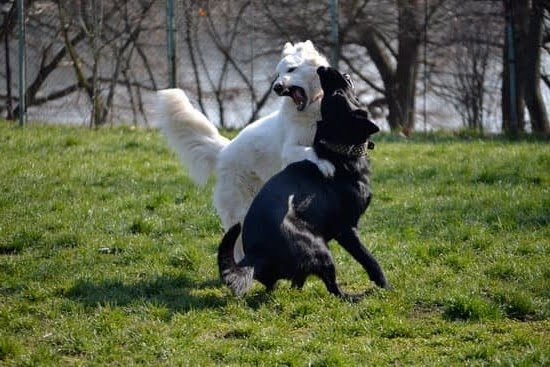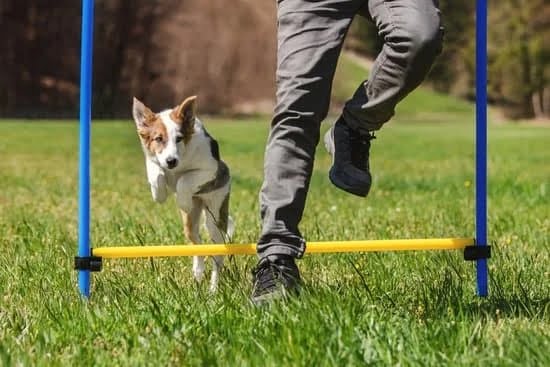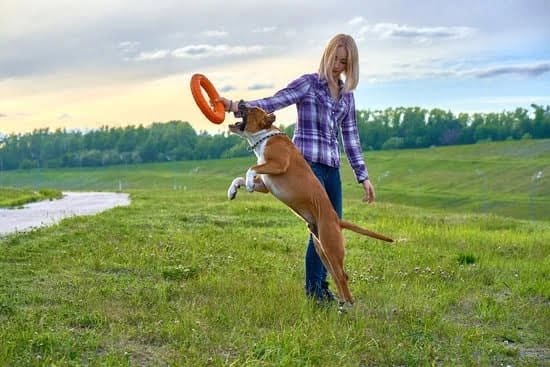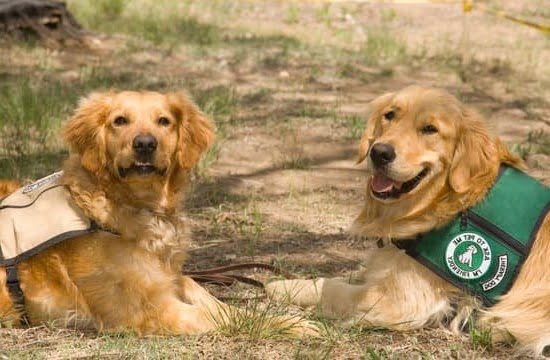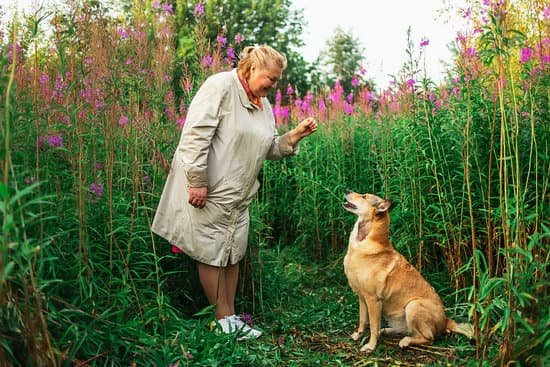Introduction
Training a dog to walk at your side can have benefits beyond just controlling them during walks. By teaching your dog to walk next to you instead of pulling on the lead, you’ll be providing regular exercise and keeping them safe from hazards like traffic. Exercise is important for your dog’s overall health and wellbeing, while maintaining the heel position while walking allows you to keep your pet safe by preventing them from running off or getting too close to things that could harm them. Teaching a proper walking position makes it easier and more enjoyable for both of you to go out together, as your dog will learn how fast they can safely walk without having to worry about being pulled or dragged along. As an added bonus, keeping your pup in the heel position also ensures you won’t be caught off-guard when another person or pet passes, something that can cause a lot of frustration for pet owners and pets alike!
Preparing to Train
Verbal and physical cues are a very important part of dog training, and they should be used while training your dog how to walk at your side. When it comes to verbal cues, it is important to start with simple commands. Start by using one-word commands such as “Heel” or “Walk” and make sure you only use the command once in a gentle but firm tone. Every time you give the command, reward your dog for responding correctly with treats and/or praise. If needed, add in additional verbal cues as needed such as “stop” or “let’s go!”
When it comes to physical cues during the training process, it is important to create an environment with plenty of space and few distractions so that your dog learns the best way to stay right beside you. Begin by introducing basic leash commands such as a slight tug on the leash when walking your dog on a single path so that they get used to their spot next to you, then release it when they are walking properly in line. As they become more proficient at paying attention next to you while on the leash, begin adding slight turns while also praising them when they follow close and listen carefully. This will help create a more complete heel that works even if there are other dogs around or distracted elements in their environment.
Establishing a Routine
When walking in unfamiliar environments, it’s important to adjust your routine as necessary. Be sure to keep your commands consistent and wait longer before giving out rewards if you are distracted by something unexpected or if your dog seems confused. It is also essential to provide extra rewards for good behavior, such as following alongside you instantly when called and not dragging you into any potential danger. During these unfamiliar walks, pay extra attention to your reactions and body language because this will be more informative than verbal cues. Finally, patience is key–establishing a new routine takes time!
Teaching the Cues
Rewarding the dog for good behavior is an important part of training them to walk at your side. When they follow the verbal cues, give praise and offer treats as a reward. Additionally, you can use other forms of positive reinforcement like petting or extra playtime with a favorite toy or game. Alternatively, if they are not responding to the cues, do not get angry but instead remain calm and simply redirect them back to what you have requested in a patient manner. Always remember that consistency is key when training a dog, so always ensure that you deliver any verbal cue in the same way each time and reinforce good behavior with positive rewards every time.
Troubleshooting Uncooperative Behavior
1. Use a verbal cue: Using a verbal cue for the desired behavior repeatedly can help to reinforce what the dog should be doing. For example, use the command “sit” or “heel” each time you want the dog to walk at your side.
2. Incorporate rewards: Rewarding desirable behavior is key in training your pet and can help create a positive reinforcement loop. Offer treats or verbal praise when he responds correctly to your cues and give more treats when he stays with you as you walk down the street.
3. Step up the stakes: If all else fails, try something a little more challenging like practicing walking around curves, crowds and obstacles while maintaining the heel position. This will test his ability to stay by your side while being extra mindful of his surroundings.
4. Give them space and patience: Remind yourself that this kind of training takes time, even weeks or months depending on how well-trained your pup already is. Remember to give him some extra space if he keeps misbehaving or ignoring commands as this could lead to confusion or stress for them about whether they are walking with you or free-to-explore.
Finishing Touches
An emergency plan for controlling a dog if he/she gets out of control includes the following steps:
1. Remain calm, do not panic, and do not make sudden movements.
2. Talk to the dog in a calm but firm voice and give direction such as “Sit” or “Stay”.
3. Move away from the dog while speaking calmly, making sure to keep eye contact with the dog.
4. If necessary, find something to block or distract the dog until it calms down, such as using a stick or other object to push him/her away from you.
5. If still unable to control the situation, get help from someone else who can assist in restraining the dog or provide distraction until it is under control.
Conclusion
It is important to remember that a trained dog also needs to have their performance monitored and reinforced after a period of time. An owner should pay close attention to the dog while they are walking and praise them if they walk at your side consistently. If the dog begins to stray, offer gentle reminders, such as saying their name or making hand gestures, to keep them focused and back on track. In addition, rewarding good behavior with a treat or favor can be an effective way of reinforcing desired behaviors and keeping your dog motivated for future training sessions. Ongoing monitoring and reinforcement of good behaviors will ensure that your canine companion remains well-trained in the long term.

Welcome to the blog! I am a professional dog trainer and have been working with dogs for many years. In this blog, I will be discussing various topics related to dog training, including tips, tricks, and advice. I hope you find this information helpful and informative. Thanks for reading!

